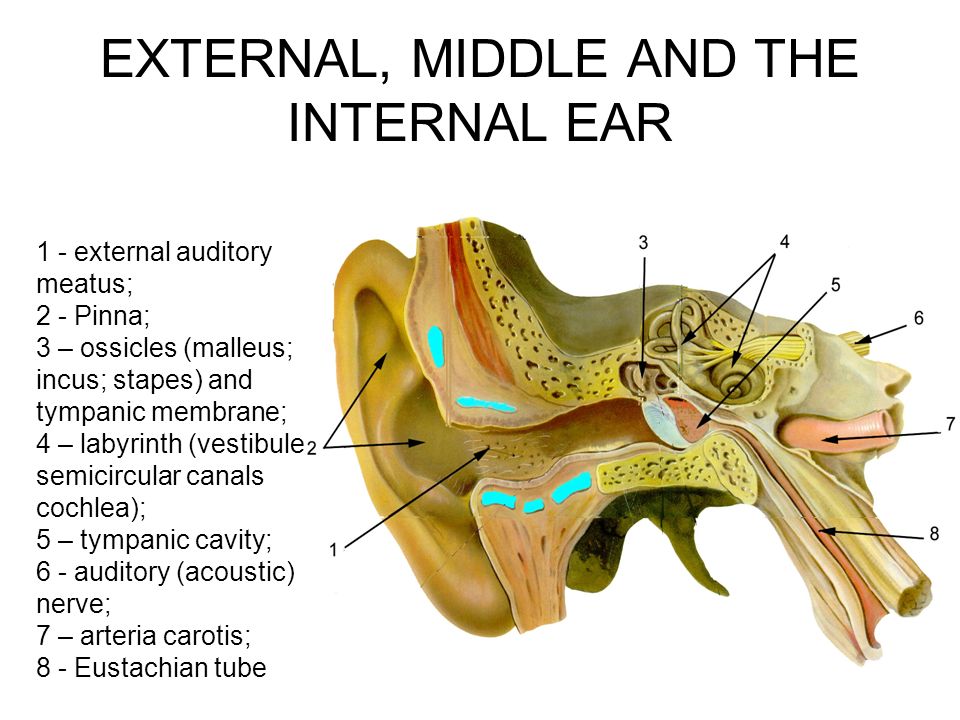The ear is a complex organ that plays a vital role in our ability to hear and maintain balance. It is divided into three main parts: the outer ear, the middle ear, and the inner ear.
The outer ear consists of the visible part of the ear, called the pinna, and the ear canal. The pinna is the fleshy, visible part of the ear that is made up of cartilage and skin. It is responsible for capturing sound waves and directing them into the ear canal. The ear canal is a narrow, tubular structure that leads from the pinna to the eardrum. It is lined with thin, sensitive skin and helps to protect the inner ear from foreign objects and debris.
The middle ear is a small, air-filled chamber that is located behind the eardrum. It contains three small bones called the ossicles, which are the smallest bones in the human body. These bones are the malleus, incus, and stapes, also known as the hammer, anvil, and stirrup. The ossicles are connected in a chain and are responsible for transmitting sound waves from the eardrum to the inner ear. The middle ear also contains the Eustachian tube, which helps to maintain equal pressure on both sides of the eardrum.
The inner ear is a complex system of fluid-filled tubes and sacs that are responsible for converting sound waves into electrical signals that can be interpreted by the brain. It contains the cochlea, which is a snail-shaped structure that is responsible for converting sound waves into electrical signals, and the vestibular system, which is responsible for maintaining balance and detecting movement. The vestibular system consists of the vestibular nerve, the semicircular canals, and the vestibular sacs.
In conclusion, the ear is a complex organ that is made up of three main parts: the outer ear, the middle ear, and the inner ear. Each part plays a vital role in our ability to hear and maintain balance. The outer ear captures sound waves and directs them into the ear canal, the middle ear contains the ossicles and the Eustachian tube, and the inner ear contains the cochlea and the vestibular system. Together, these parts work to allow us to hear and maintain balance in our everyday lives.
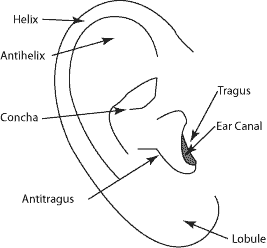

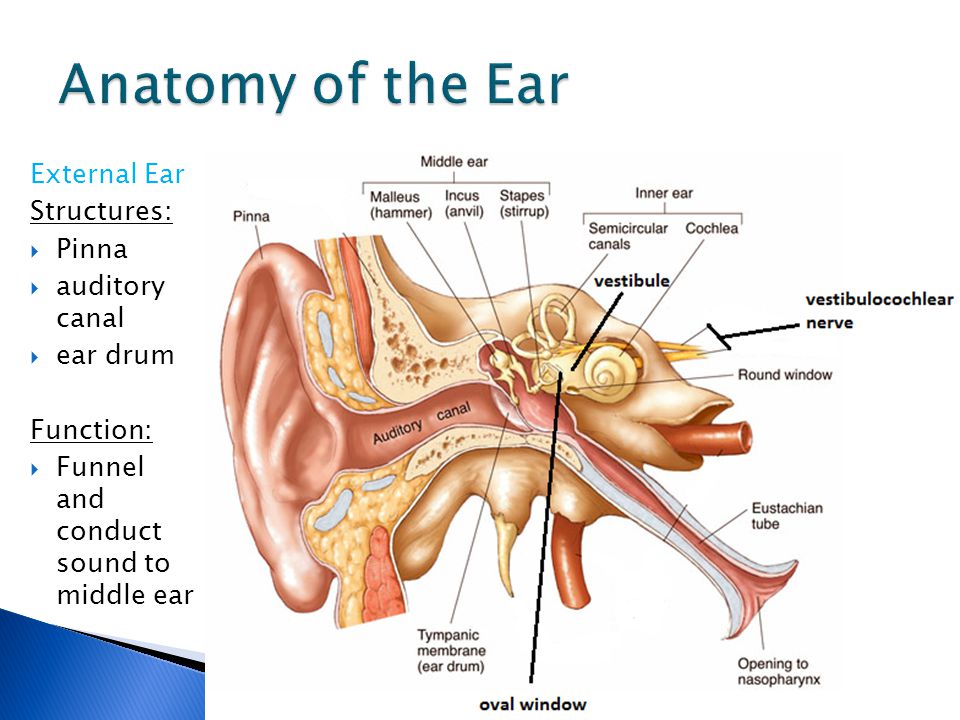
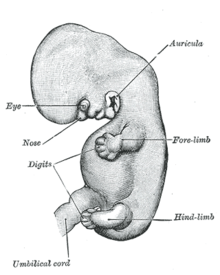
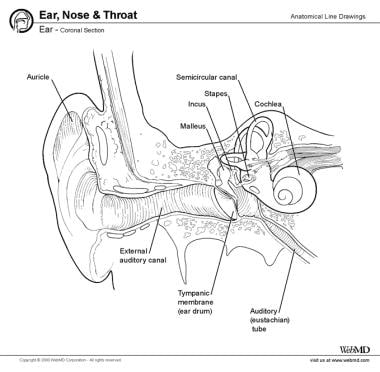
:watermark(/images/watermark_only_sm.png,0,0,0):watermark(/images/logo_url_sm.png,-10,-10,0):format(jpeg)/images/anatomy_term/meatus-acusticus-externus-2/cNYVakPkJkzvw8J3mO7HA_Meatus_acusticus_externus_01.png)


